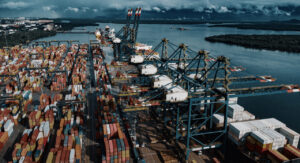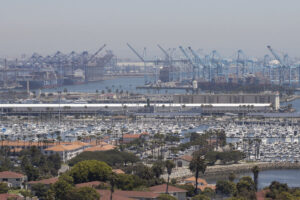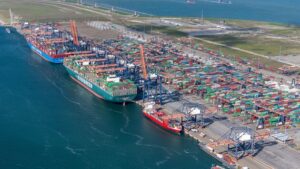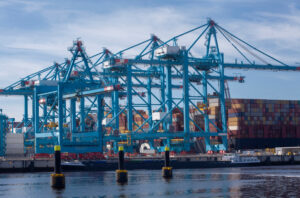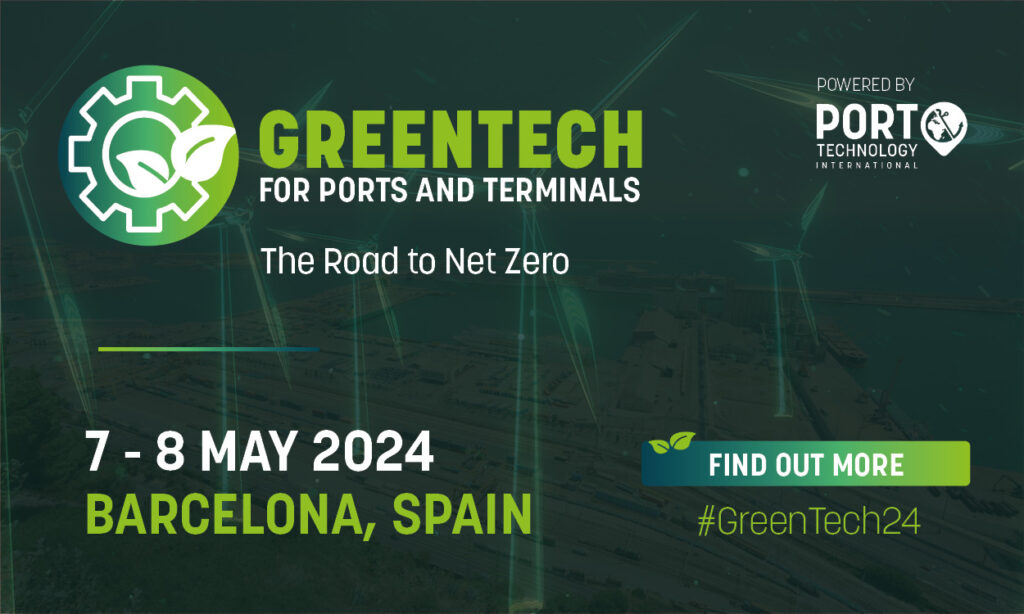Due to rising competition among carriers for regulatory approval for new mergers, the biggest container shipping alliances could be set to get bigger in the coming weeks, according to the Wall Street Journal.
William Doyle, Commissioner at the US watchdog, the Federal Maritime Commission, said: “Chances are that the alliances you see today will change significantly over the next two weeks. The alliances have in fact changed already because of the recent consolidation among four major carriers. We are expecting their proposals for regulatory approvals.”
This follows a recent update by PTI that the newly merged China Cosco Shipping is looking to continue with its alliance agreements until they expire.
Hapag Lloyd recently said that it is unlikely that it will be entering into an alliance with 2M.
However, the carrier is looking into forming an integrated alliance in which it can collaborate on an end-to-end basis, which it believes will help to keep it competitive.
Global container shipping lines are a solution for shipping lines to reduce costs through economies of scale, however, the benefits are reportedly not being realised, with overcapacity prevalent in the market.
Ports and terminals are also feeling the effects of bigger ships and alliances, as they create pressure for increased container handling speeds, which leads to operational challenges.
Watch a short video interview with Neil Davidson of Drewry, in which he explains three ways in which ports and terminals can handle larger ships:


